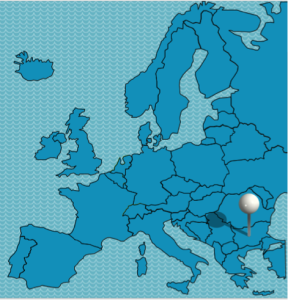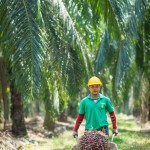Bulgaria: Recovery in Oils and Fats Demand
 The Republic of Bulgaria, located in south-eastern Europe, was once part of the Communist Eastern Bloc. Today, it is a member of the European Union and NATO, and has a population of about 7.2 million.
The Republic of Bulgaria, located in south-eastern Europe, was once part of the Communist Eastern Bloc. Today, it is a member of the European Union and NATO, and has a population of about 7.2 million.
According to Eurostat, Bulgaria in 2014 reached a Gross Domestic Product (GDP at purchasing power parity) per head of EUR 12,800. This makes it the poorest country in the region, below Romania (EUR 15,200) and Croatia (EUR 16,100).
The country managed a swift turnaround after a steep decline in GDP following the financial crisis of 2009. Over the current decade, growth rates have been modest but positive. Despite many changes in political leadership, Bulgaria has improved its position in the World Economic Forum´s Global Competitiveness Ranking. It stands 54th out of 144 countries.
It is now an international centre for the outsourcing industry. Many known names belonging to multinational companies have set up shop in Sophia and operate call centres or perform other corporate services.
The country’s coastline along the Black Sea features two important harbours, Burgas and Varna. Both are part of the Trans-European Networks. The city of Rousse, located near the border with Romania and only about 80km from Bucharest, is Bulgaria´s largest Danube harbour and opens the way to western Europe.
Oils and fats mix
The only vegetable oil produced domestically in notable quantities is sunflower oil at 348,000 tonnes in 2014. This was double the amount produced in 2009. Rapeseed oil output was recorded at about 28,000 tonnes in 2014, also almost double the 2009 volume. Figure 1 shows the recovering production volumes, as well as the relative dominance of sunflower oil.
Figure 1: Bulgaria – oils and fats production (thousand tonnes)
Sources: Oil World Annual 2014 & 2015
Between 2009 and 2014, Bulgaria steadily increased its palm oil imports from 33,300 tonnes to 51,800 tonnes. This was sourced at roughly equal parts from Indonesia, Malaysia and via Greece which has strong economic ties with Bulgaria.
Palm oil accounted for more than half of the country´s oils and fats imports over the same period. As Figure 2 indicates, demand for Malaysian palm oil have seen ups and downs, but the quantities purchased have remained remarkably stable (see dotted line).
Figure 2: Bulgaria – import of Malaysian palm oil (thousand tonnes)
Sources: Oil World Annual 2014 & 2015
MPOC Brussels












Leave a Reply